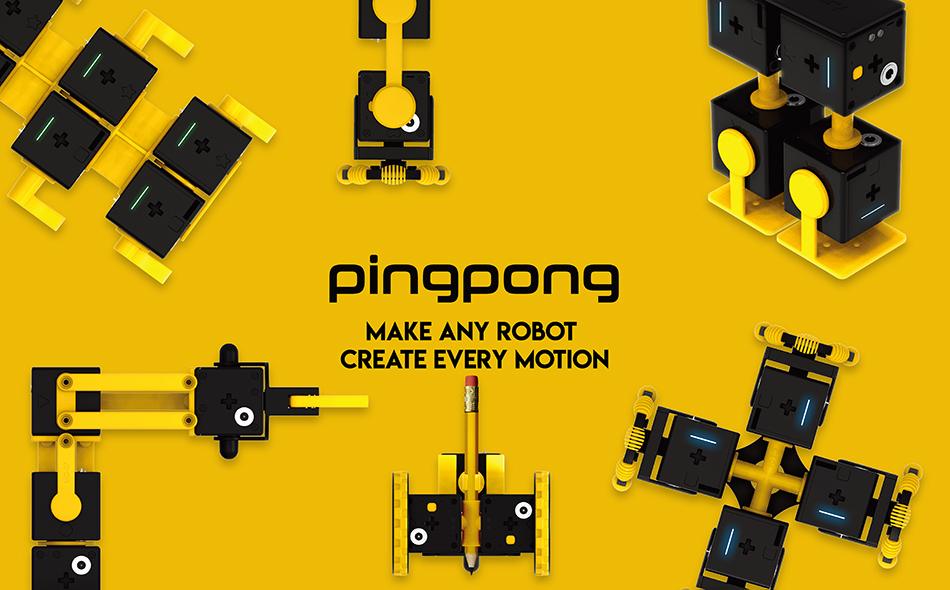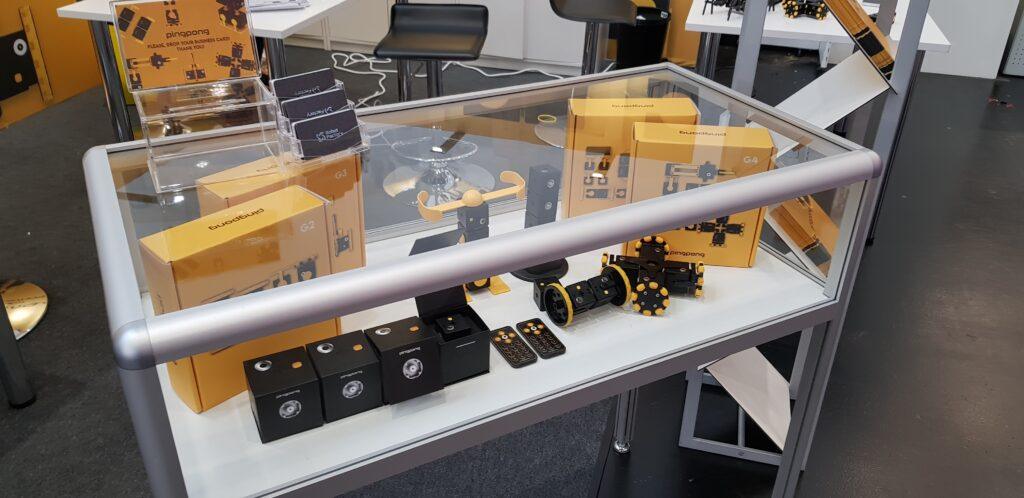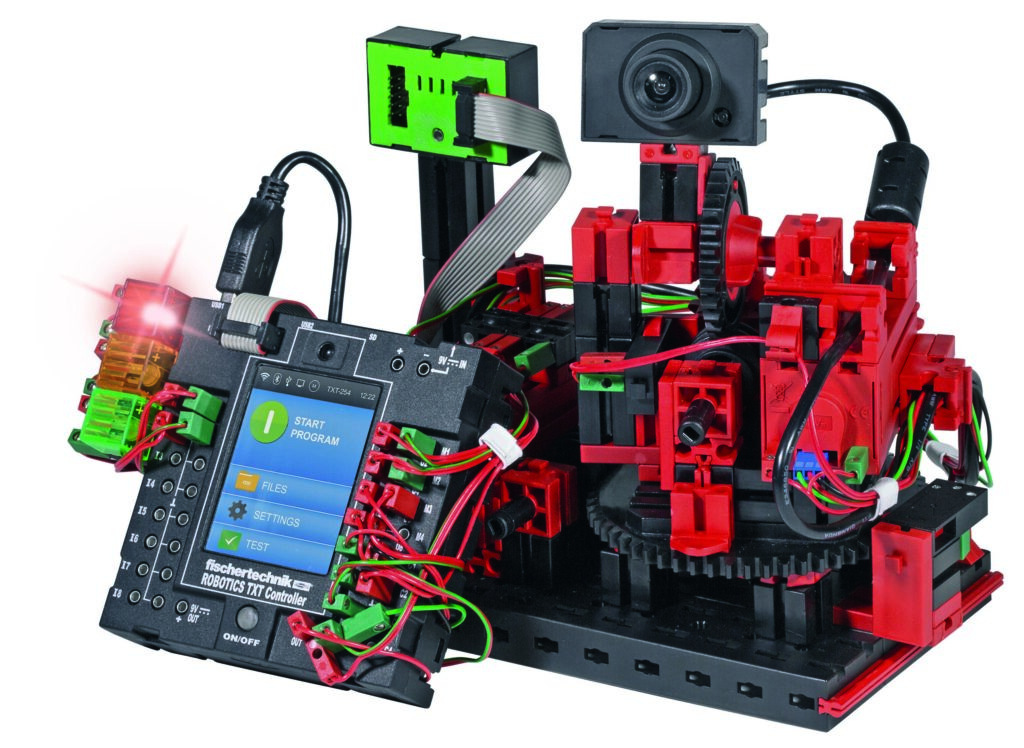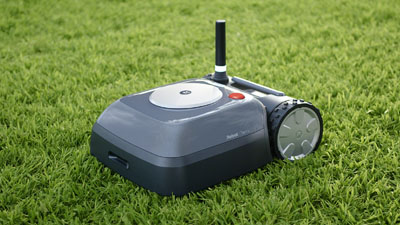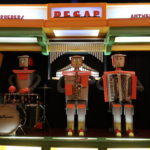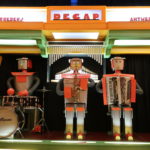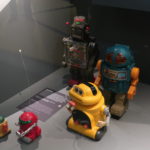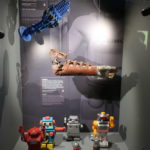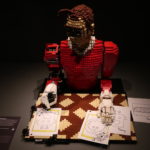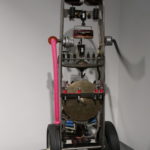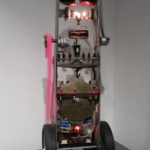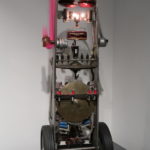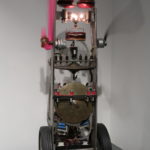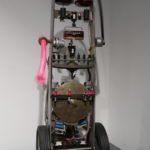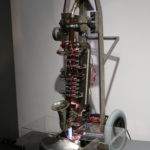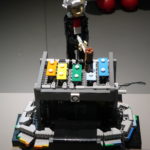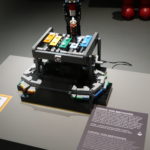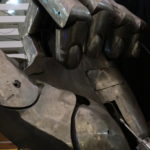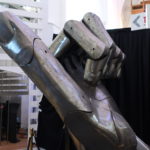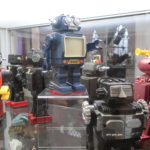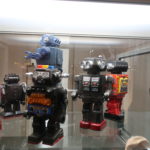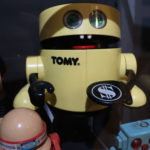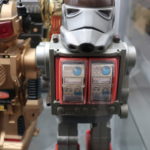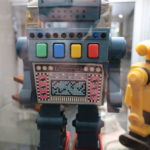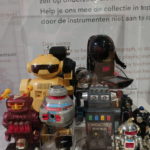Jason Gao, Marketing Director bei Geek+, führt drei entscheidende Gründe auf, die für den Einsatz von Robotern in der Logistik sprechen.
Lastwägen ausladen, die Lagerlogistik betreuen oder Produkte von A nach B bringen, um dem Menschen zu assistieren und ihm die Arbeit zu erleichtern: Der Einsatz von Robotern in der Logistik wird mehr und mehr ausgeweitet – und ein Ende dieses Booms ist nicht in Sicht. Ganz im Gegenteil: In Zukunft werden Roboter immer mehr Tätigkeiten im Warenlager übernehmen.
Jason Gao, Marketing Director bei Geek+, fasst die Gründe zusammen, die für diese Entwicklung sprechen:
1. Arbeitskräftemangel – Cobots on the rise
Wie so viele Branchen bekommen auch Logistikunternehmen den Mangel an Arbeits- und Fachkräften zu spüren. Deshalb müssen alternative Lösungen gefunden werden. Ein Trend, der sich abzeichnet, ist die intelligente Automation von Logistikabläufen in Lagern.
Damit einhergehend wird der Einsatz von Robotern fast schon zur Selbstverständlichkeit, weil diese flexibel und zeitunabhängig eingesetzt werden können und somit die menschliche Arbeitskraft in bestimmten Bereichen problemlos ersetzen.
2. Kostendruck – Robots don’t want a raise
In einer von Konkurrenz- und Preisdruck geprägten Branche wie der Logistik ist eine zeit- und kosteneffektive Abwicklung von Arbeitsprozessen zum geschäftskritischen Faktor geworden. Im Vergleich zu Angestellten können Roboter flexibel und skalierbar eingesetzt werden – und die Investition des Unternehmens amortisiert sich kurz- bis mittelfristig.
Außerdem unterstützen Roboter die Angestellten in ihrer täglichen Arbeit und können dabei helfen, Überlastungen vorzubeugen. Cobots sorgen zudem dafür, dass Arbeitskapazitäten für komplexe und strategische Aufgaben frei werden.
3. Geschwindigkeit – Robots won’t get tired
Durch den Einzug von E-Commerce und die steigenden Ansprüche von Kunden, zum Beispiel an die Lieferzeiten, müssen Arbeitsabläufe in der Logistik auch im Hinblick auf Geschwindigkeit optimiert werden. Denn um die Kundenzufriedenheit zu gewährleisten und den gestiegenen Kundenwünschen gerecht zu werden, bedarf es immer intelligenteren und schneller werdenden Systemen.
Menschliche Arbeitskraft allein kann diesen geforderten Entwicklungs- und Optimierungsschritt aber nicht mehr bewältigen. Mit KI-basierten, assistierenden Robotern können Unternehmen hingegen sicherstellen, dass sie auch den Anforderungen der Zukunft gewachsen sein werden.
Über Geek+
Geek+ bietet KI- und Robotiklösungen aus einer Hand, um die Effizienz in der Logistik und im Lagermanagement zu steigern. Mithilfe von Künstlicher Intelligenz und Robotik möchte Geek+ die Prozesse im Bereich Auftragsabwicklung, Materialhandhabung und Sortierung vereinfachen. Gleichzeitig soll der Arbeitsaufwand reduziert und die Konsolidierung sowie die Kommissionierung optimiert und die Roboter-Flotte verwaltet werden. Das Unternehmen mit Hauptsitz in Peking wurde 2005 gegründet und beschäftigt mehr als 600 Mitarbeiter. In der Series-B-Finanzierungsrunde hat sich Geek+ 150 Millionen US-Dollar sichern können – die weltweit größte Finanzierung im Bereich KI-gestützte Logistikroboter. Mehr Informationen finden Sie unter www.geekplusrobotics.com.

